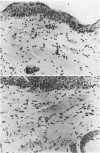Abstract
Permanent specific immunological unresponsiveness can be produced in guinea-pigs already sensitive to K2Cr2O7 by the combination of an intravenous injection of 20 mg/kg K2Cr2O7 and an epicutaneous contact with K2Cr2O7 within 24 hr; 2 mg/kg K2Cr2O7 produces only temporary desensitization. Methotrexate and cyclophosphamide for 1 week at the time of the intravenous injection increased the intensity of the suppression but did not prolong the unresponsiveness. Anti-thymocyte serum alone had no effect. A combination of cyclophosphamide and anti-thymocyte serum for 1 week at the time of the intravenous injection prolonged the unresponsiveness for 2 months, but the animals regained sensitivity by 3 months. The addition of prednisolone to this combination, reduced the duration of unresponsiveness produced by a combination of the specific sensitizer, cyclophosphamide and anti-thymocyte serum.
In animals given 20 mg/kg K2Cr2O7 intravenously, removal of the site of epicutaneous application of K2Cr2O7 within 24 hr inhibits the development of specific unresponsiveness. Histological examination of the site of application of the sensitizer reveals microscopic evidence of an inflammatory reaction, although no macroscopic changes can be seen. These findings are discussed in the context of the mechanism of the production of specific immunological tolerance in animals already sensitive.
Full text
PDF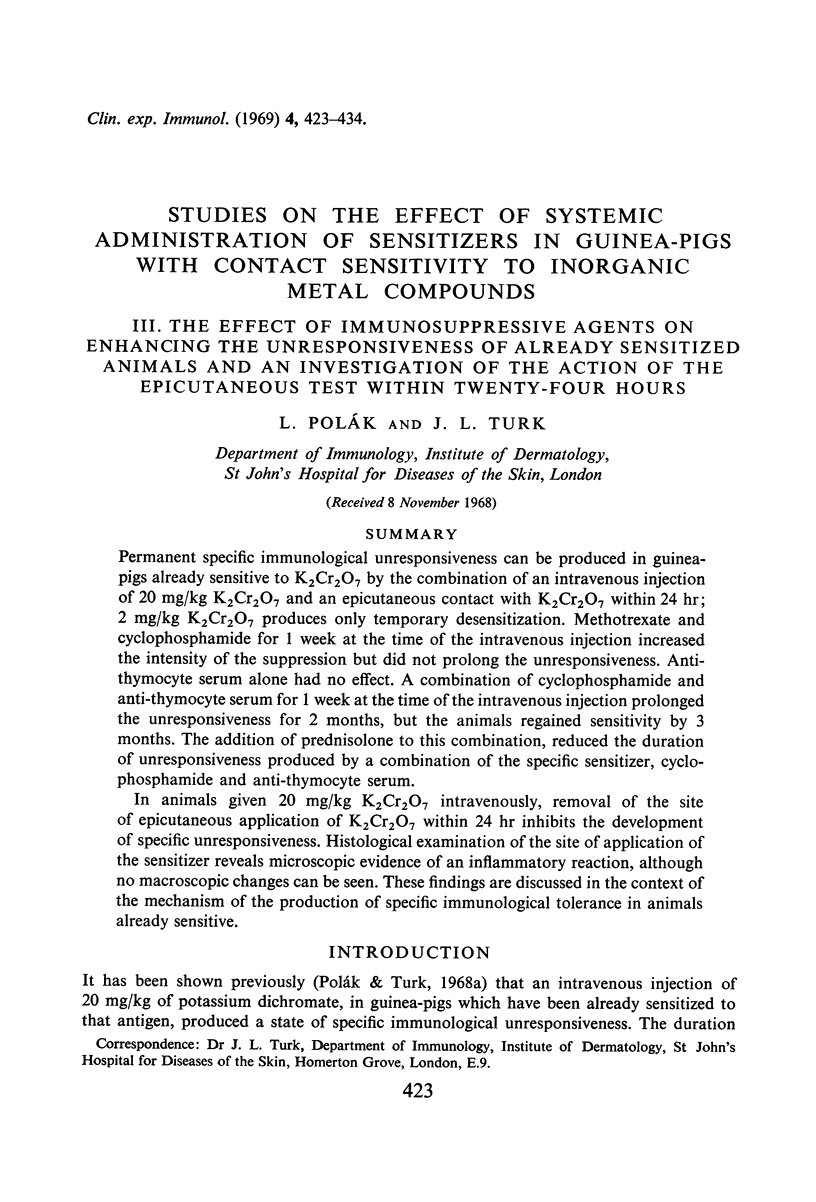
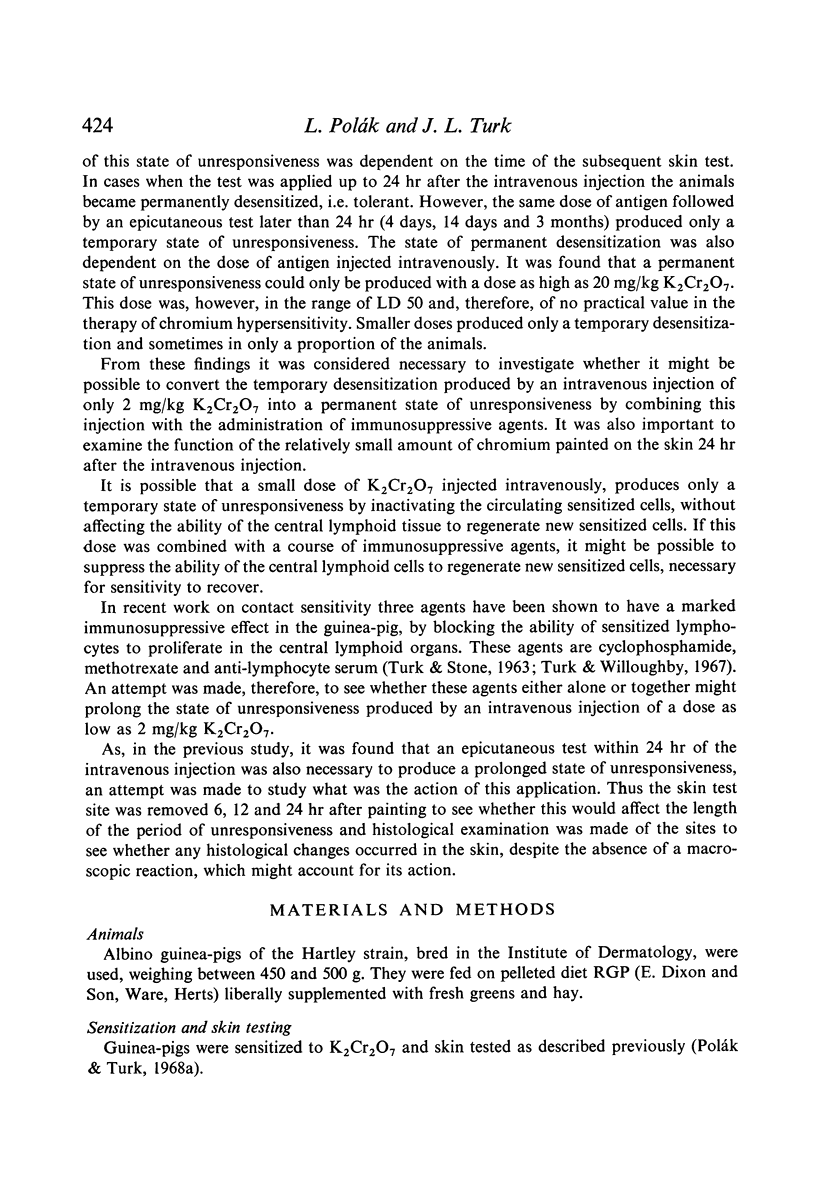
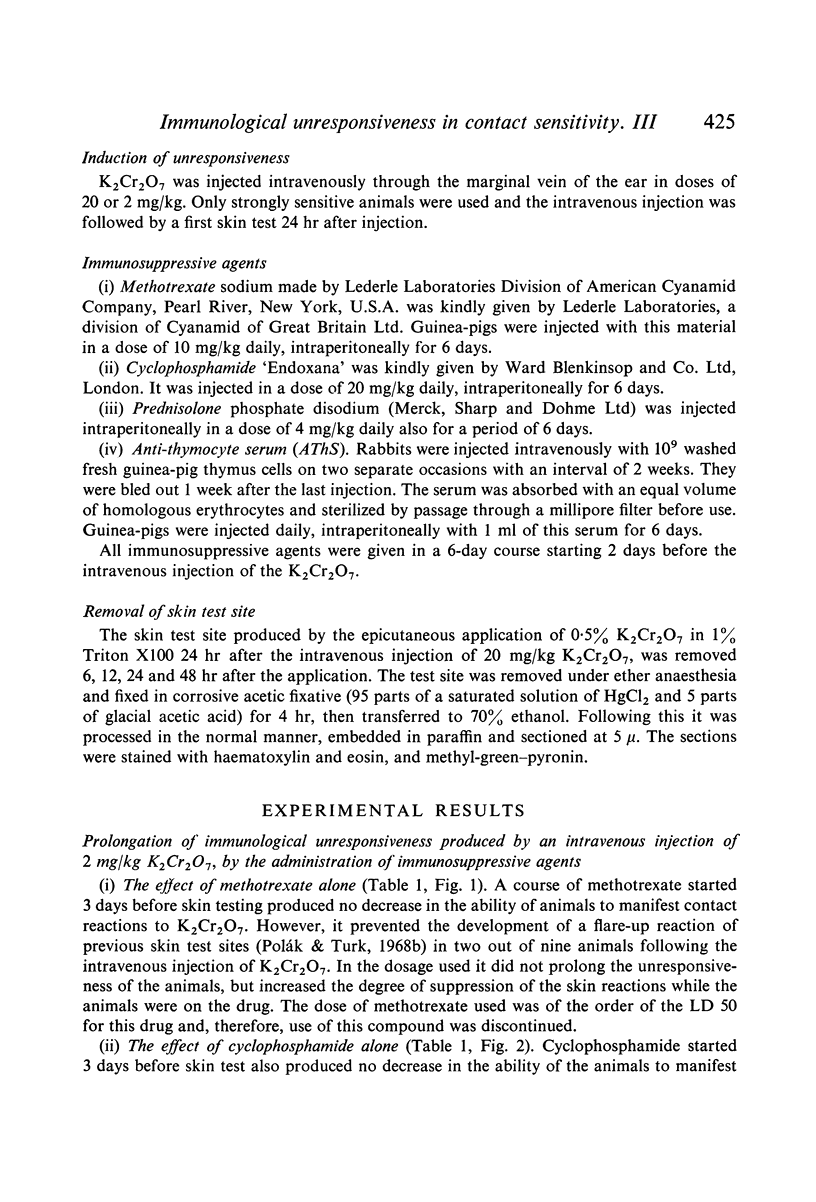
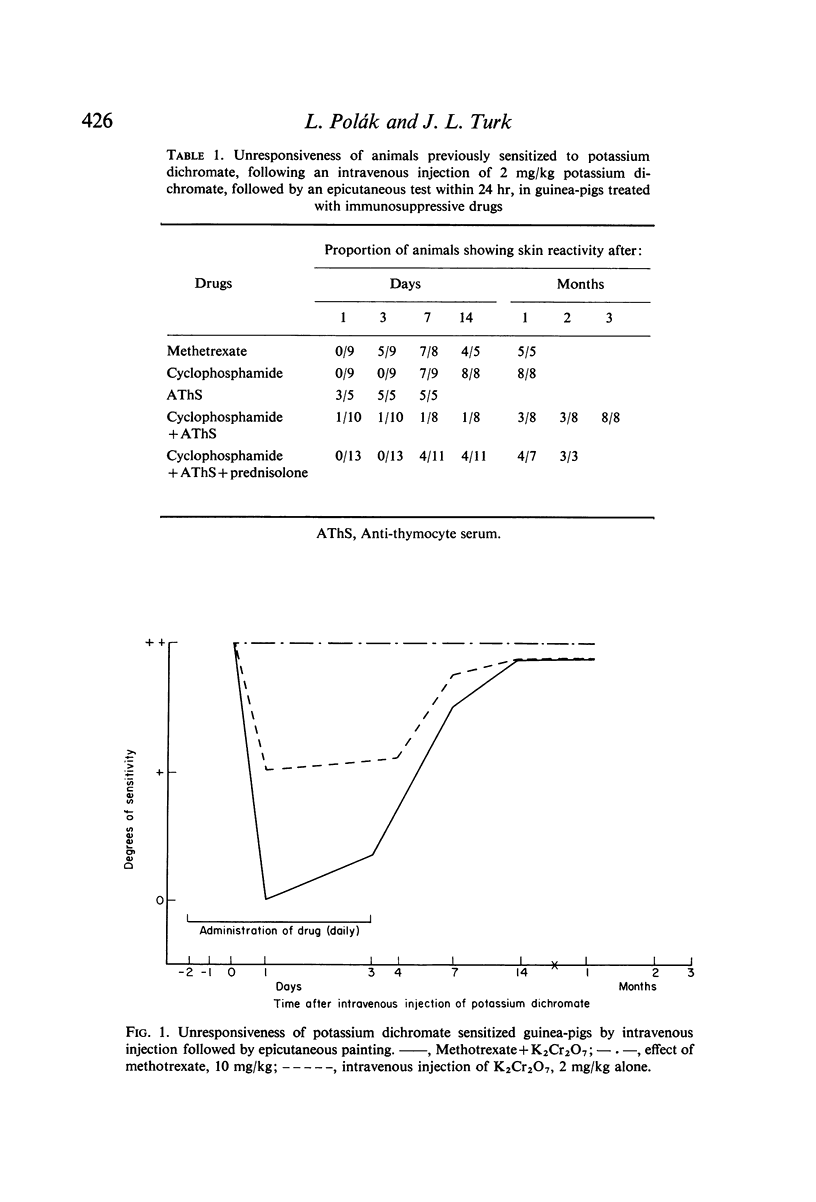
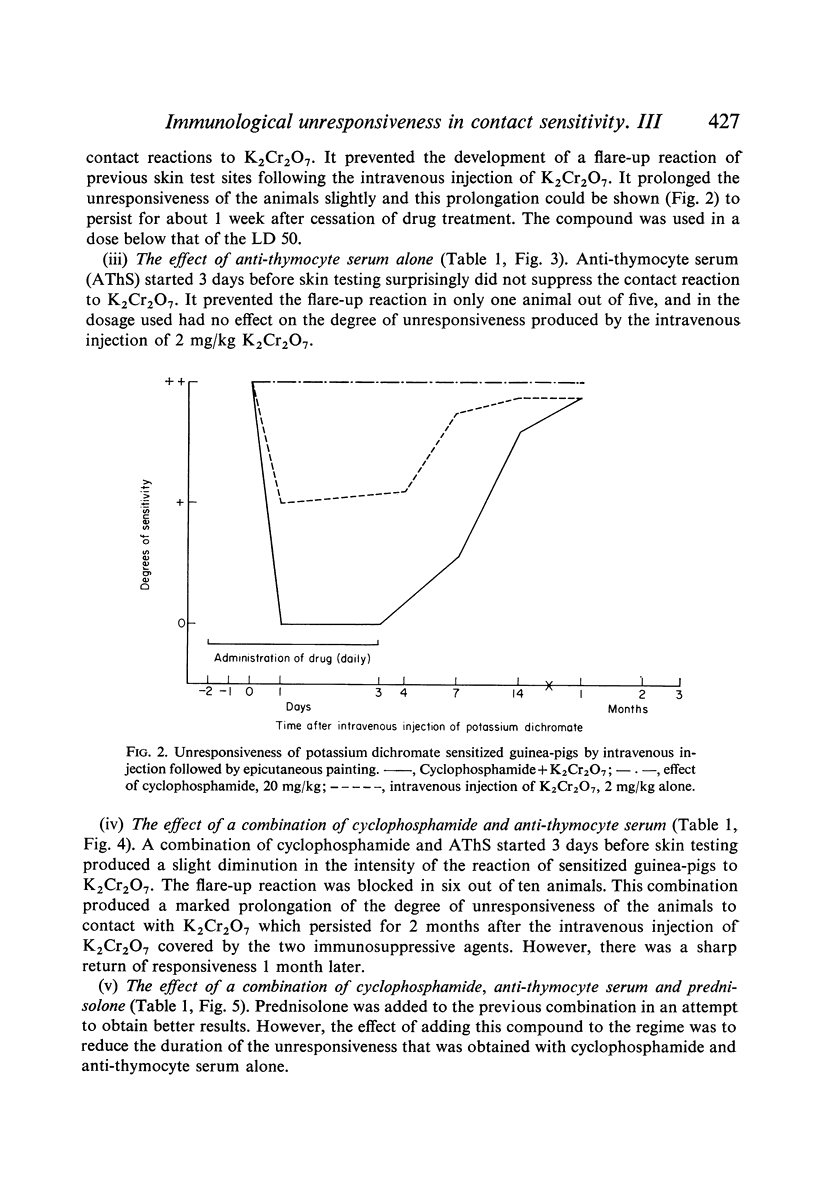
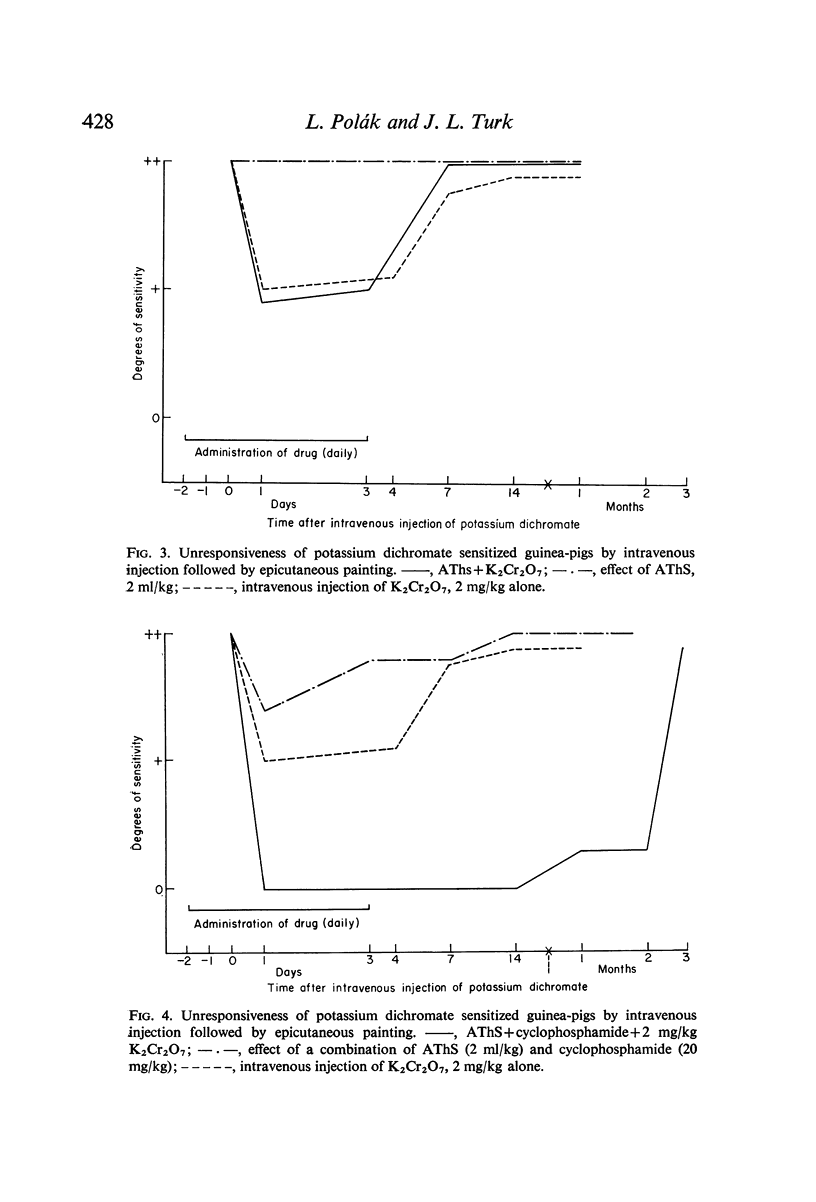
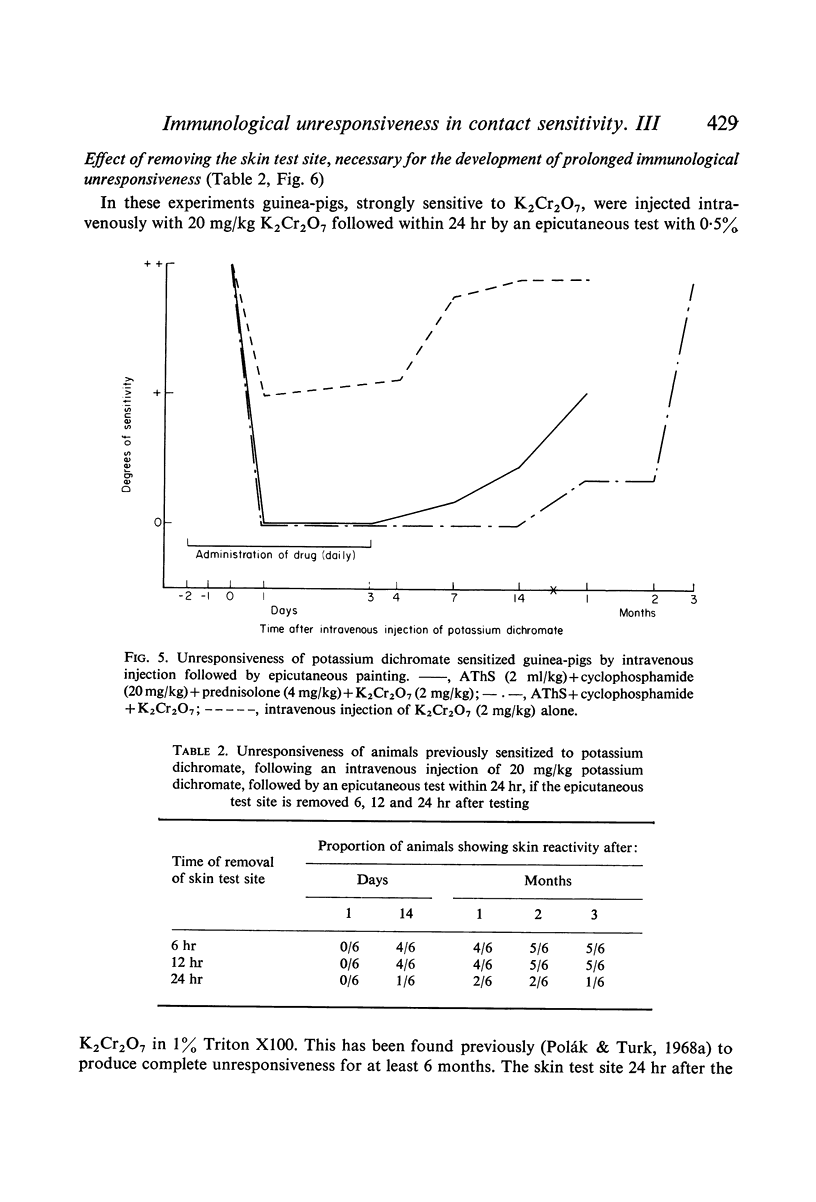
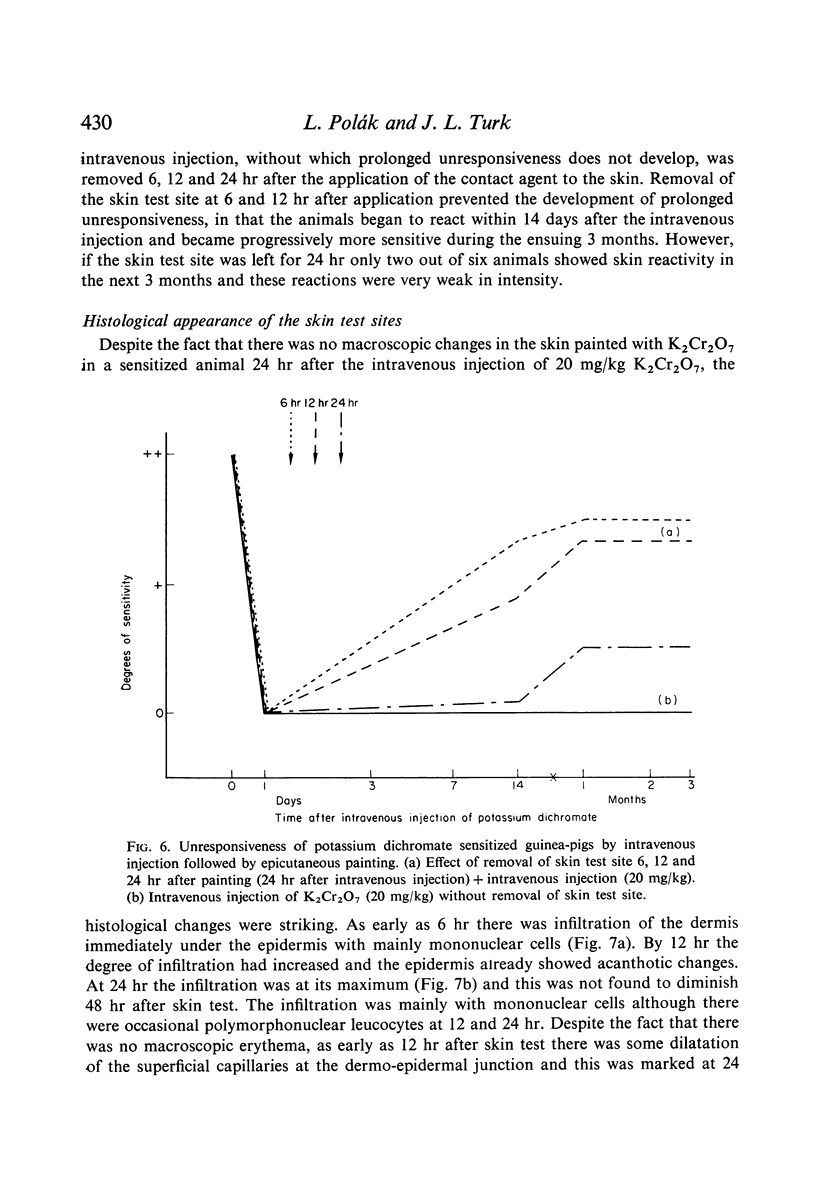
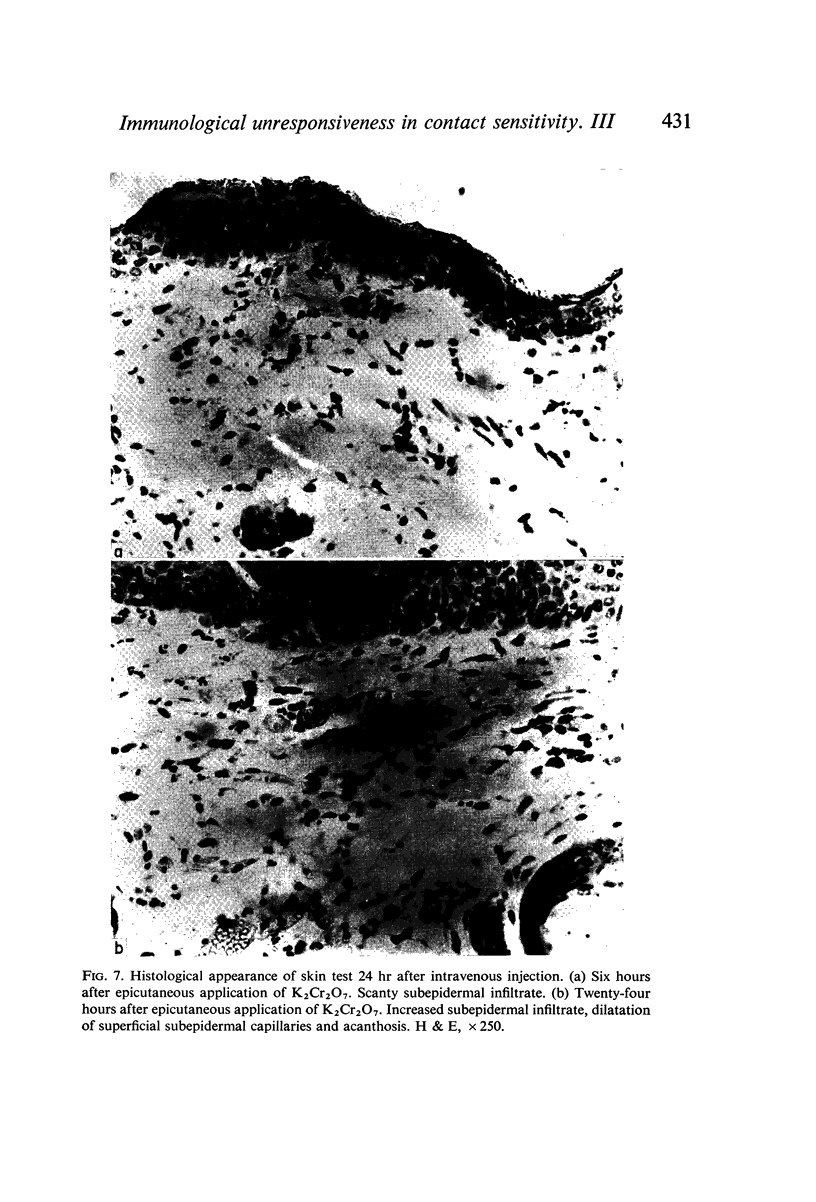
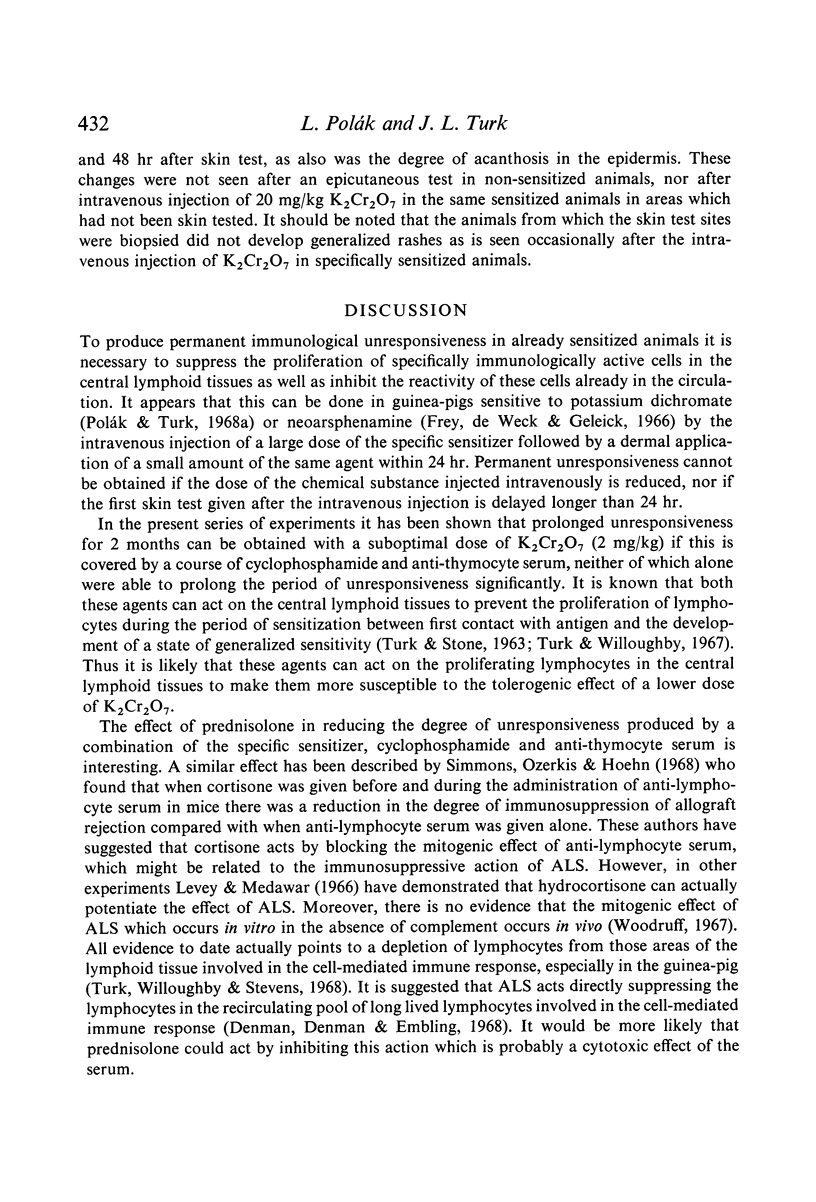
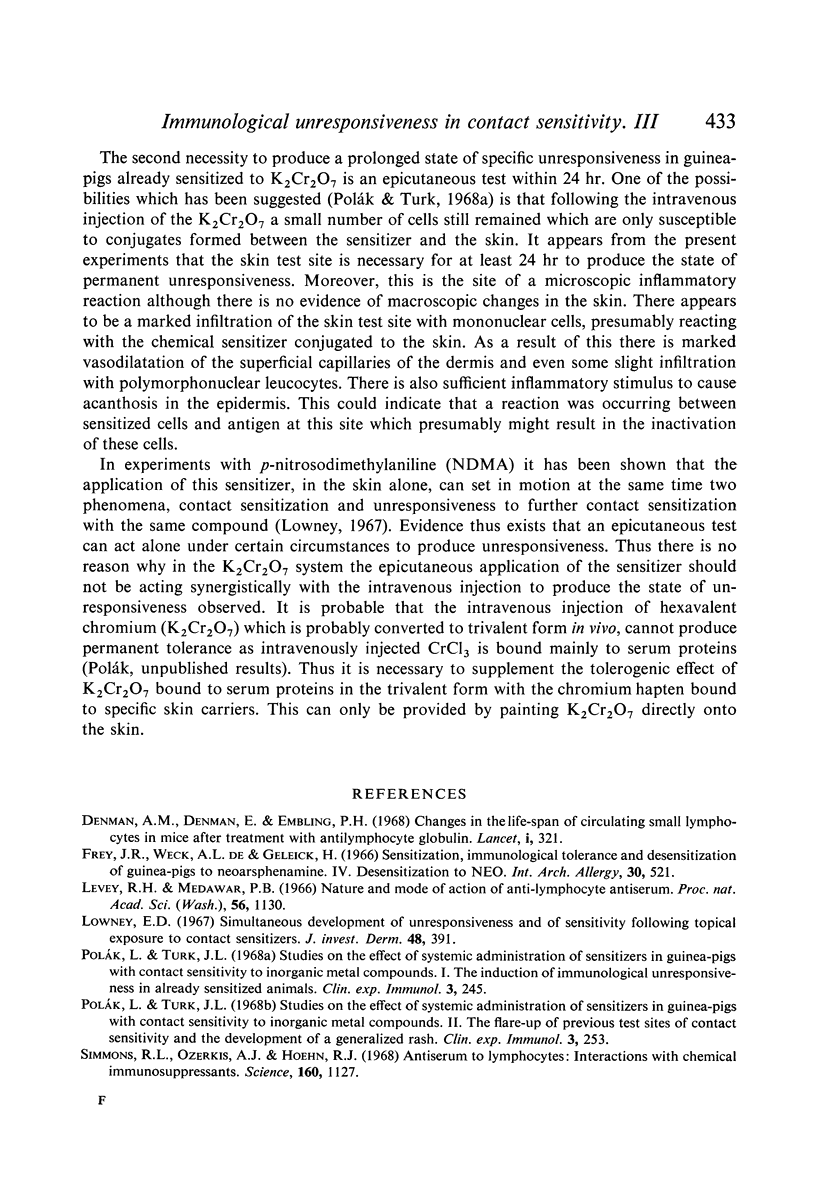
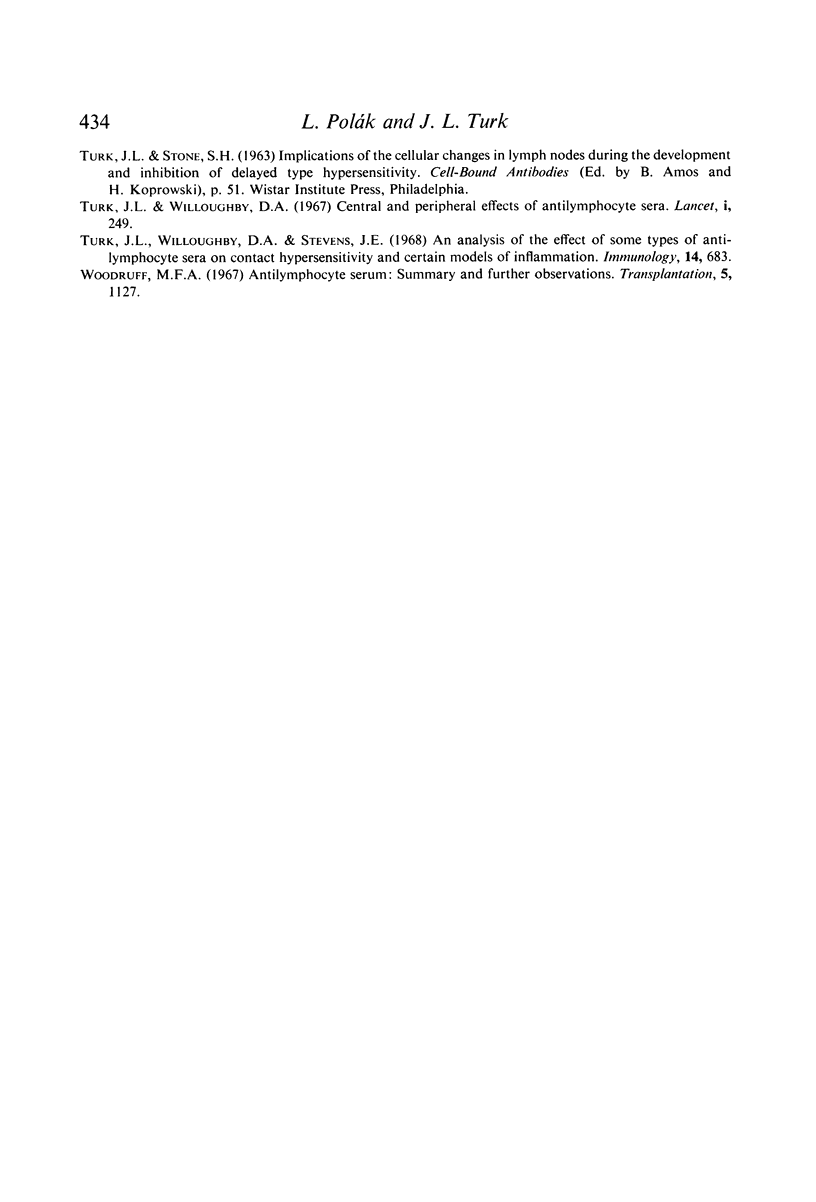
Images in this article
Selected References
These references are in PubMed. This may not be the complete list of references from this article.
- Denman A. M., Denman E. J., Embling P. H. Changes in the life-span of circulating small lymphocytes in mice after treatment with anti-lymphocyte globulin. Lancet. 1968 Feb 17;1(7538):321–325. doi: 10.1016/s0140-6736(68)90791-5. [DOI] [PubMed] [Google Scholar]
- Frey J. R., de Weck A. L., Geleick H. Sensitization, immunological tolerance and desensitization of guinea pigs to neoarsphenamine. IV. Desensitization to NEO. Int Arch Allergy Appl Immunol. 1966;30(6):521–537. doi: 10.1159/000229839. [DOI] [PubMed] [Google Scholar]
- Immons R. L., Ozerkis A. J., Hoehn R. J. Antiserum to lymphocytes: interactions with chemical immunosuppressants. Science. 1968 Jun 7;160(3832):1127–1130. doi: 10.1126/science.160.3832.1127. [DOI] [PubMed] [Google Scholar]
- Levey R. H., Medawar P. B. Nature and mode of action of antilymphocytic antiserum. Proc Natl Acad Sci U S A. 1966 Oct;56(4):1130–1137. doi: 10.1073/pnas.56.4.1130. [DOI] [PMC free article] [PubMed] [Google Scholar]
- Lowney E. D. Simultaneous development of unresponsiveness and of sensitivity following topical exposure to contact sensitizers. J Invest Dermatol. 1967 Apr;48(4):391–398. doi: 10.1038/jid.1967.62. [DOI] [PubMed] [Google Scholar]
- Polák L., Turk J. L. Studies on the effect of systemic administration of sensitizers in guinea-pigs with contact sensitivity to inorganic metal compounds. I. The induction of immunological unresponsiveness in already sensitized animals. Clin Exp Immunol. 1968 Mar;3(3):245–251. [PMC free article] [PubMed] [Google Scholar]
- Polák L., Turk J. L. Studies on the effect of systemic administration of sensitizers in guinea-pigs with contact sensitivity to inorganic metal compounds. II. The flare-up of previous test sites of contact sensitivity and the development of a generalized rash. Clin Exp Immunol. 1968 Mar;3(3):253–262. [PMC free article] [PubMed] [Google Scholar]
- Turk J. L., Willoughby D. A. Central and peripheral effects of anti-lymphocyte sera. Lancet. 1967 Feb 4;1(7484):249–251. doi: 10.1016/s0140-6736(67)91307-4. [DOI] [PubMed] [Google Scholar]
- Turk J. L., Willoughby D. A., Stevens J. E. An analysis of the effects of some types of anti-lymphocyte sera on contact hypersensitivity and certain models of inflammation. Immunology. 1968 May;14(5):683–695. [PMC free article] [PubMed] [Google Scholar]
- Woodruff M. F. Antilymphocyte serum: summary and further observations. Transplantation. 1967 Jul;5(4 Suppl):1127–1133. [PubMed] [Google Scholar]



